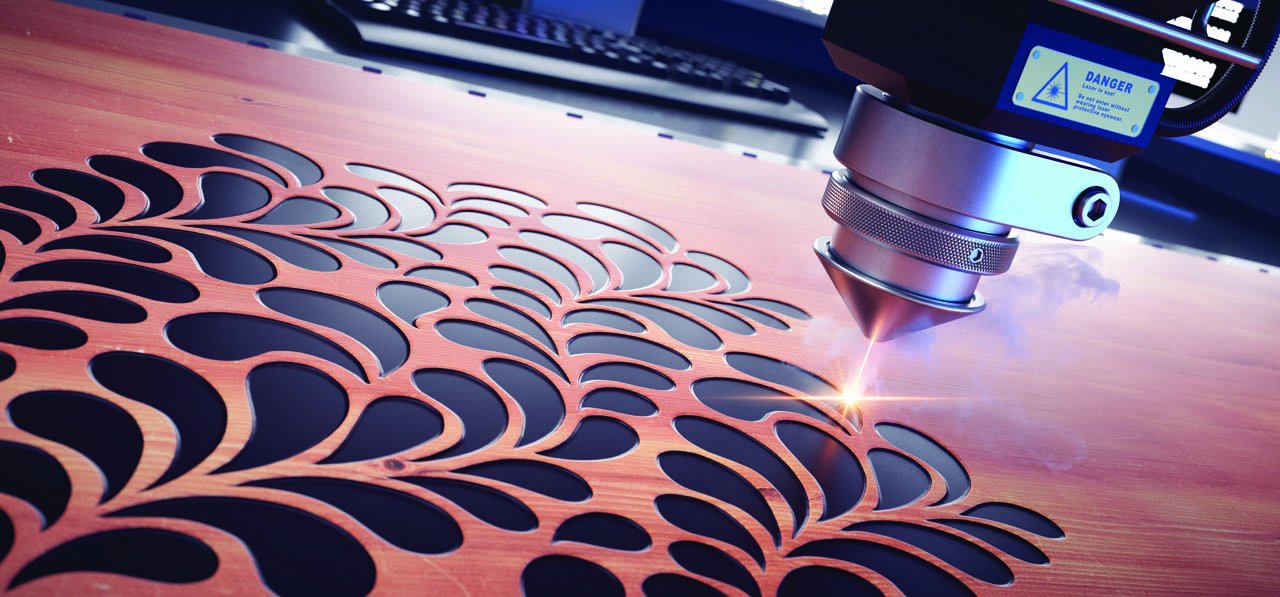The first step. That’s how everything gets started. A wild idea flies into your head, and you say,
- “I can make that T-shirt.”
- “I can create a better award.”
- “If I had the right tools, my car would SLAY!”
Then, the real first step — you buy a machine. You are hooked. You are now a creator.
Just getting started? Feel like you have been thrown into an intersection with an uncountable number of directions you could go? Overwhelmed by a myriad of products? Can’t decide if you just need more storage space or if you need a whole new location?
Whether you are on the slow climb of converting a hobby to a business, or precipitously jumping in and buying an existing business, you are just getting started. We have all been there. We in START HERE are here to help you learn, organize, and find your place.
To help guide you through this journey, meet Robin. She’s a nurse who bought a Cricut Maker a few years back to make gifts for friends. She loves creating, and her friends are overjoyed with her vinyl-cutting creations. To expand her capabilities, Robin buys a Glowforge laser. Her friends start placing orders for her products. In a short time, all her nonnursing days are filled with order fulfillment. Robin has arrived at a vast crossroad with so many options to upgrade her business. She could quit her job and start a new company. She could hire an assistant. She could get a new machine that would improve her efficiency or even add a new capability to her offerings.
How to find information
 Of course, Robin goes online. Hours and hours later, she has more questions than she started with, but she also has more knowledge about the options available. Surfing the internet has led her to a hurricane of ideas. She bounces from machine websites to small-business startup videos, to supplier product marketplaces to idea-rich Pinterest and Etsy. She subscribes to YouTube lasering channels, and researches reviews on machines and manufacturers. Overwhelmed, she steps away from the computer. Sometimes the best way to find an answer is to stop looking for a while.
Of course, Robin goes online. Hours and hours later, she has more questions than she started with, but she also has more knowledge about the options available. Surfing the internet has led her to a hurricane of ideas. She bounces from machine websites to small-business startup videos, to supplier product marketplaces to idea-rich Pinterest and Etsy. She subscribes to YouTube lasering channels, and researches reviews on machines and manufacturers. Overwhelmed, she steps away from the computer. Sometimes the best way to find an answer is to stop looking for a while.
The next day, inspiration hits and she has a plan. A few clicks of the mouse and she has opened up a spread sheet. It’s time to make a list of options and add pros and cons for each.
Her first consideration needs to be location. She currently works in her living room, moving boxes back and forth in an ever-changing chaos. If she embarks on a new location, she would have the luxury of space (pro) but the burden of rent (con). A new space would bring in more customers (pro), but also add to her workload (con), but would increase her income (pro). She continues in this manner until she has a long list on both sides.
Without a decision being made, she starts her pro/con list for machines:
- New laser – Increased speed of production (pro), significant expense for machine (con), larger workspace (pro), temporary decreased production due to learning curve (con).
- Sandblaster – Less expensive than a laser (pro), added expense of compressor (con), ability to carve into glass (pro), sand and mess created by machine (con).
- Heat press – Works in conjunction with current machines (pro), machine is heavy and hot (con), introduces processed color possibilities (pro), could require more inventory
items (con).
Once she completes a few lists, her decision is coming into focus. She then takes the list and highlights her top six (or so) evaluative pro/con statements. This helps clarify what’s really important. But Robin knows the key to any decision is experience, so she goes to trade shows. Shows like GRAPHICS PRO EXPO offer face-to-face conversations with vendors, classes, and most importantly, other creators.
Visiting the vendors at their booths is the best way to not only learn about the advantages and special features of machines, but also to watch them run in real time. Trade shows offer classes that are usually free, and there is always something new to learn no matter how long you have been in the business.
Most important is the opportunity to speak with other creators. This is the best way to find out about the machines and products in the industry. Robin asks good questions of these trade-show attendees — how difficult was it to learn your machines? Was tech support helpful? How do customers find you? If you did it all over again, what would you do differently?
Robin leaves the tradeshow with a wealth of knowledge, and a lot of information to add to her pro/con lists.
How to find your place
Robin knows that she cannot yet afford to rent a storefront. Even though leases are negotiable (free month rent, new carpeting, signage, etc.), she cannot yet make that leap, but she keeps her eyes open for an eventual space. She considers renting warehouse space from a furniture company that was not using all their square footage, but declines.
Instead, she takes another look at her current home. In her yard, she builds a shed in which she is able to store some of her inventory. She dedicates an area of her living room to work, and sections off the area with a shoji screen to create a divider between the work area and the relax area. Walls in the work area are covered with shelves to hold stock, and boxes are unpacked and removed from the floor. Machines are put on wheeled carts where possible so they can be stored more compactly when not in use. She knows that flexible workspace is necessary when an area is compact. She also knows that having what you need and using what you have is key to not letting the inventory get out of hand.
How to organize
 Robin remembers that when she first started being a creator, every time she embarked on a project, it took at least an hour to get everything together before she could start working. She had to get the scissors from the kitchen, the vinyl from the hall closet, the iron from the laundry room, and searching for the tool bin took at least 10 minutes to dig through the basement.
Robin remembers that when she first started being a creator, every time she embarked on a project, it took at least an hour to get everything together before she could start working. She had to get the scissors from the kitchen, the vinyl from the hall closet, the iron from the laundry room, and searching for the tool bin took at least 10 minutes to dig through the basement.
Reorganizing meant having everything she needed in one location, thus freeing up countless hours every week. She also put things away in the location that made sense to her. The important question when deciding where to store an item is, “Where would I look for this first?”
Banks of small drawers are perfect for storing tiny items, and they can be found cheaply at garage sales. A 12” magnetic strip can hold the most useful tools on or above a workbench. In reducing the chaos of preparation, Robin reduces her stress and increases her productivity.
One final item that Robin invests in is a comfortable chair. She knows she will be sitting for hours. Comfort is key.
Never stop starting
Robin is all set. She did her research online and followed it up with face-to-face classes and conversations at trade shows. She decided to hold off on purchasing a new machine and on expanding to a retail location. However, she did install a shed for storage, and reorganized her workspace to bring about efficiency. She hopes that as time moves along, the business will be successful enough to necessitate a new location or machine, but for now, she will keep her business small and home-based.
Here’s a little secret. This “getting started” phase never ends. Robin knows this. Yes, it started with a whim, and then a machine, but every day new opportunities reveal themselves. It is a constant series of “first steps.” Robin knows that she can never be all things to all people. She knows that, as with so many of the people she spoke with at the trade show, eventually, you find your niche. Yes, we are all decorators and creators, but eventually, one day, you realize that you have found a specialty, and then it is time to focus and start again with your next “first step.”





